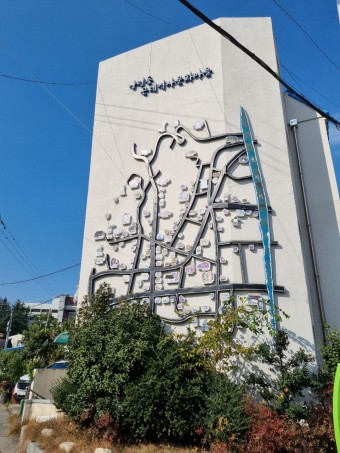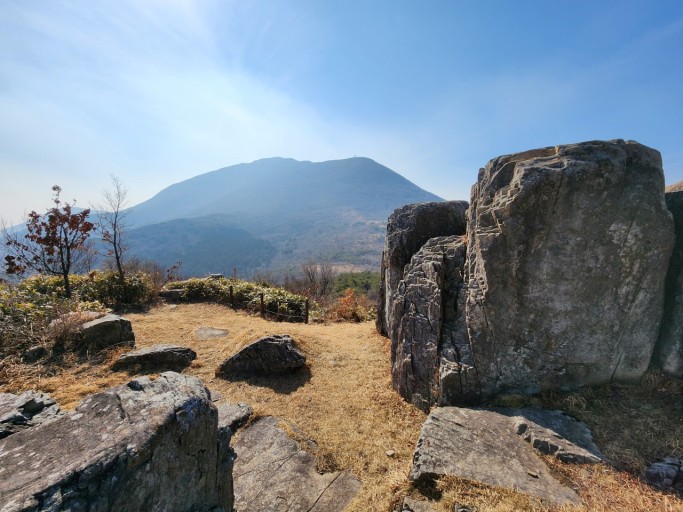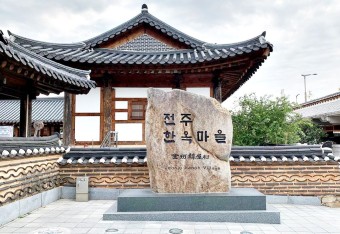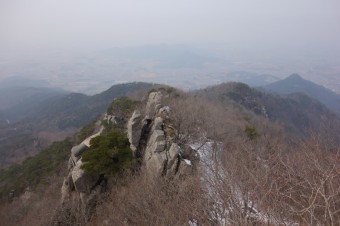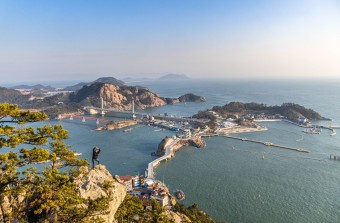Hello~ I am a writer from China.
Gwangju and Jeollabuk-do are located in the southwestern part of Korea and are home to unforgettable tourist attractions. Gwangju is the center of Korea's culture, art, and democratic movement, and is one of the most important cultural cities in Korea. In Gwangju, you can visit historical cultural heritages such as Beomeosa Temple built during the Three Kingdoms period and Gwangju Ancient City built during the Joseon Dynasty. Gwangju is also famous for various cultural events and food culture, such as the May 18 Democratization Movement Memorial Hall and food court, and tourists You can experience the culture and food of Korea. Jeollabuk-do is an area full of natural scenery and historical culture, such as the Baekje-era ruins built during the Goguryeo period and the Jeonju ancient castle built during the Joseon Dynasty. You can visit many beautiful natural attractions in Jeollabuk-do, including parks. Jeollabuk-do has a variety of things to see, including history, culture, and natural scenery.
Then, in this article, we will introduce the travel destinations of Gwangju and Jeolla Ibulgil!
Yangnim-dong Modern History and Culture Village
Yangnim-dong is the first passage in Gwangju about 100 years ago to accept Western modern cultural heritage, and also the starting point of Gwangju's history with a history of sacrifice and sharing community. It is the residence of missionary Woo Il-seon. Cultural heritage sites such as the Joara Memorial Hall in honor of Ara Jo, the Avison Memorial Hall in honor of the rural leader, the Owen Memorial Hall in honor of Owen the martyred missionary, and Jeong Yul-seong Street, where music is common, are gathered in this area.


